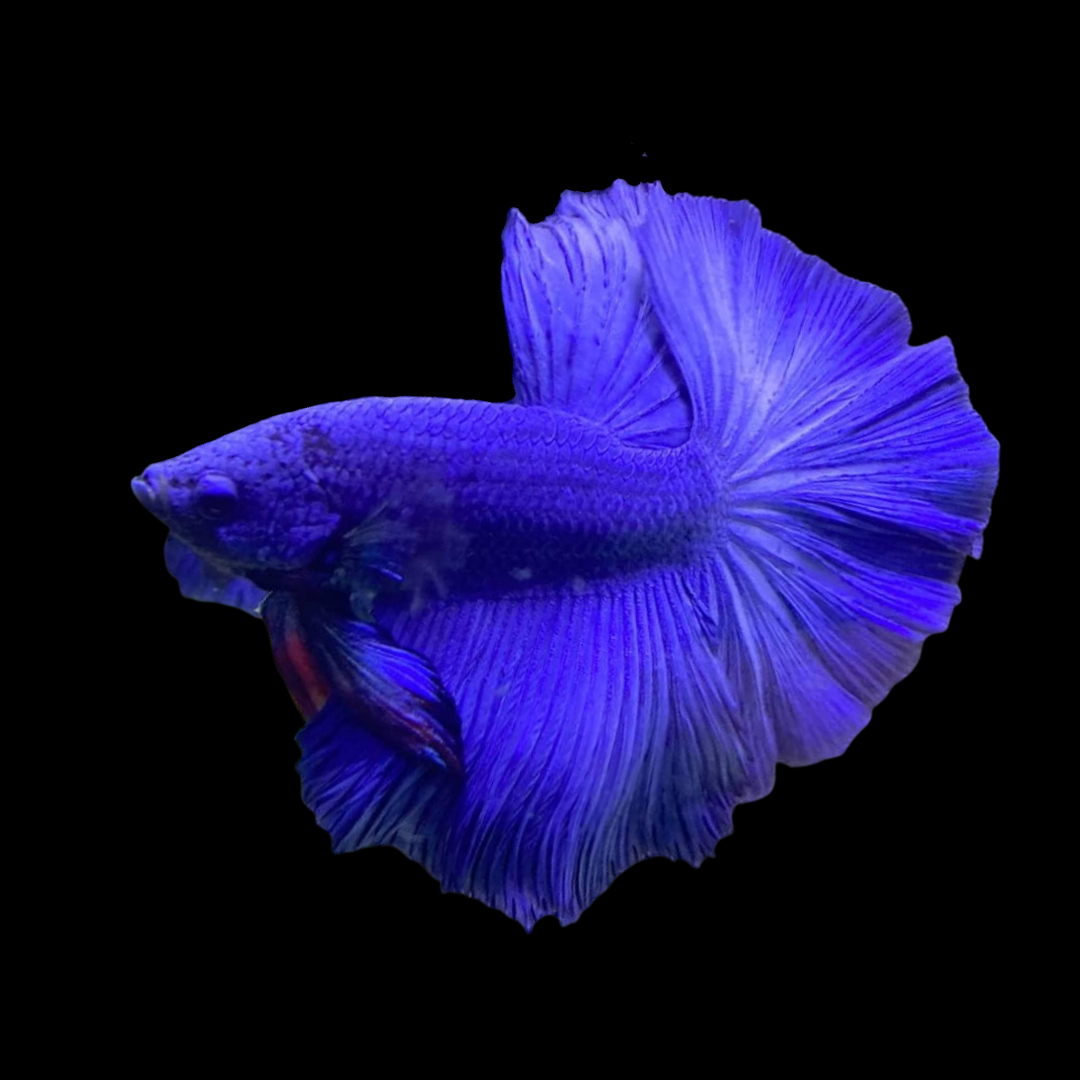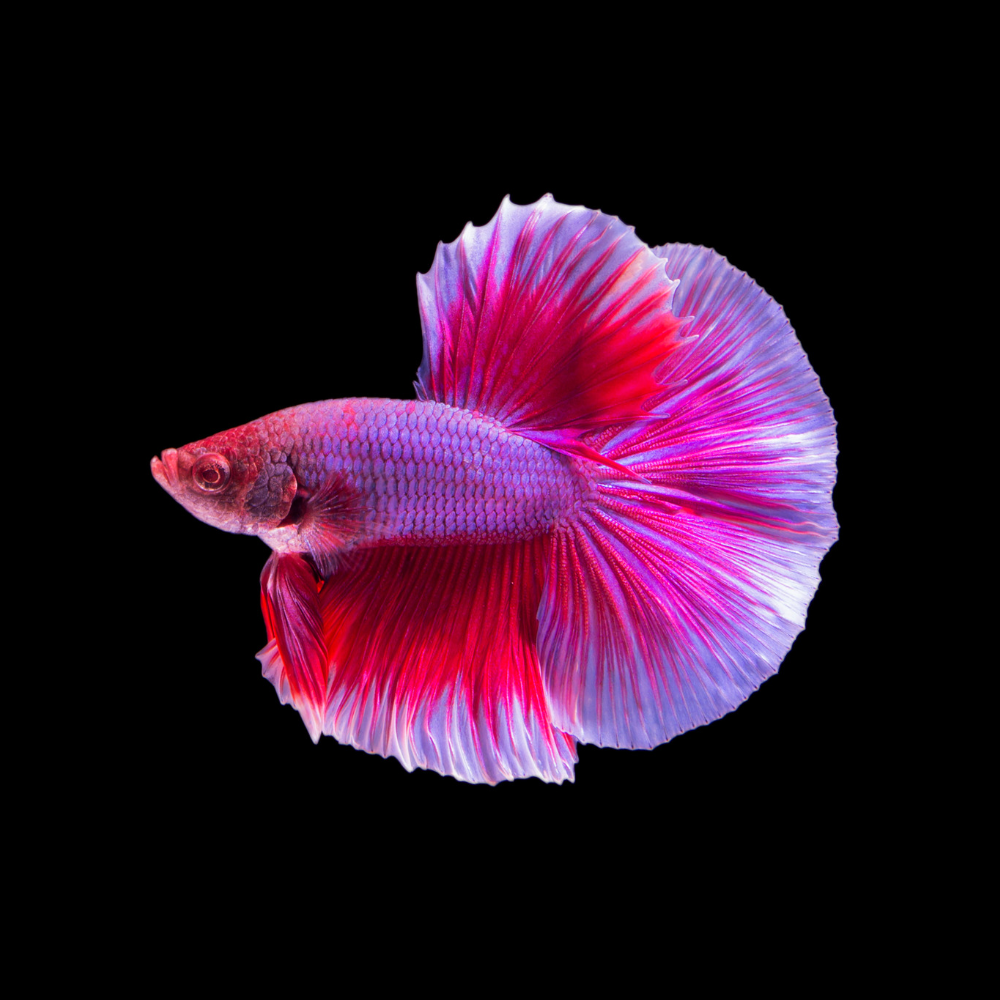Betta Fish Life Expectancy: Just How to Guarantee Your Betta Lives Longer
Betta Fish Life Expectancy: Just How to Guarantee Your Betta Lives Longer
Blog Article
Reproducing Betta Fish: a Comprehensive Step-By-Step Guide to Efficiently Raising Baby Bettas From Eggs to Adulthood
Reproducing Betta fish is a meticulous endeavor that requires careful planning and execution to ensure the effective development of fry from eggs to develop fish. As the male Betta vigilantly constructs a bubble nest and guards the priceless eggs, the subsequent phases of care and shift demand interest to information and expertise of best methods.

Picking Breeding Pairs
When beginning on the journey of breeding Betta fish, picking the right reproduction pairs is crucial to accomplishing preferable traits and a healthy and balanced lineage - betta fish. The initial action in this procedure is to recognize the particular traits you want to enhance or protect, such as color, fin type, and body form. It is vital to select genetically diverse sets to avoid inbreeding, which can lead to health issues and undesirable qualities
Review prospective reproducing prospects carefully. A healthy and balanced male Betta ought to show dynamic colors, an active attitude, and well-formed fins, while the lady must additionally show dynamic pigmentation and a rounded stubborn belly, suggesting readiness for spawning. Observing the character of both fish is essential, as hostile or excessively timid individuals may not breed effectively.
Documentation of family tree is just as crucial. Keeping records of the parent fish's ancestry can help you track hereditary traits and potential concerns. Furthermore, speak with reliable breeders or on-line resources for guidance on picking suitable pairs. Eventually, spending time in the option procedure will considerably enhance the possibility of producing strong, lively spawn that meet your reproduction goals (betta fish).

Preparing the Breeding Tank
Creating an optimal breeding atmosphere is an essential step after selecting suitable pairs for Betta fish. The breeding storage tank must be specifically designed to give convenience and stimulate the natural reproduction behaviors of the fish. Beginning with a storage tank size of at the very least 10 gallons to make certain appropriate area for both the man and women Bettas.
Maintain a gentle filtration system to maintain the water clean while preventing solid currents that can emphasize the fish. In addition, an air stone can be contributed to give oxygenation without disrupting the water surface way too much.
Temperature policy is essential; goal for a steady series of 78-82 ° F(25-28 ° C) making use of a reputable heating unit. The pH level need to be kept between 6.5 and 7.5, and regular water changes are needed to make certain high water quality.
Integrate drifting plants or spawning sponges to create concealing spots for the female, while additionally motivating bubble nest building by the male - betta Visit Your URL fish. Guarantee the container is complimentary from sharp designs and any possible threats, as the well-being of the fish need to constantly be focused on throughout this essential phase of reproduction.
The Reproduction Process
Generally, the breeding process for Betta fish entails a series of unique and visible actions that suggest preparedness for recreation. The male Betta begins by building a bubble nest at the water's surface, which acts as a website for the fed eggs. This nest is crucial, as it provides a secure atmosphere for the eggs until they hatch.
When the nest is developed, the man will certainly display courtship actions, such as flaring his fins and showing dynamic colors to attract the lady. The woman, upon noticing the man's preparedness, will certainly respond by presenting vertical stripes along her body, signaling her receptiveness.
The fertilized eggs then drop to the bubble nest, where the male carefully collects and returns them to the nest. Following this, the male thinks duty for safeguarding the nest and making sure the safety and security of the eggs till they hatch out, view it now usually within 24-36 hours.
Taking Care Of Betta Fry
Caring for Betta fry calls for careful attention to their atmosphere and nourishment to guarantee healthy and balanced growth and growth. After hatching, Betta fry are exceptionally tiny and at risk, necessitating a stable and clean habitat. Preserving a water temperature between 78 ° F and 80 ° F is important, as Betta fry flourish in warm conditions. Furthermore, guarantee that the water is devoid of dangerous toxic substances; regular water adjustments of 10-20% are recommended to maintain optimal water high quality.
Feeding Betta fry is similarly important. Originally, they should be offered infusoria or carefully smashed top quality fry food, as their mouths are also small to handle bigger fragments. As they grow, you can gradually introduce bigger foods, such as baby brine shrimp or powdered flakes, to guarantee they obtain appropriate nutrition. Feed them tiny amounts several times a day, bewaring not to overfeed, which can lead to water top quality problems.
Transitioning to Adult Bettas
As Betta fry fully grown, transitioning them to grown-up Bettas is a critical phase that calls for cautious monitoring of their environment and social interactions. This process normally starts when the fry reach around six weeks of age, whereupon they can be progressively introduced to an extra organized living atmosphere.
To facilitate this change, it is vital to ensure that the water criteria-- such as temperature level, pH, and ammonia levels-- are optimal and stable. Adult Betta fish prosper in cozy water (around 78-80 ° F) with a pH of 6.5 to 7.5. Progressively acclimate the fry to these conditions to minimize stress.
Social interactions are one more key variable; man Bettas are click here to read infamously territorial and hostile. It is a good idea to different males right into individual tanks as they develop. Female Bettas can be housed together, however treatment should be taken to check for indications of hostility.
Furthermore, nutritional changes ought to be made as the fry grow. Integrate high-grade pellets and live foods to support their development and health and wellness. By handling these variables efficiently, you can advertise an effective transition to the adult years for your Betta fish.

Verdict
Successful reproduction of Betta fish needs cautious interest to information throughout the whole process, from choosing genetically diverse pairs to offering ideal care for fry. By making certain appropriate breeding conditions and keeping water top quality, the chance of healthy and balanced offspring increases substantially. Furthermore, a well balanced diet regimen and gradual adaptation to adult atmospheres are important for the growth and advancement of Betta fish. Adhering to these steps faithfully promotes a prospering populace of Betta fish, boosting both their wellness and vigor.
Report this page